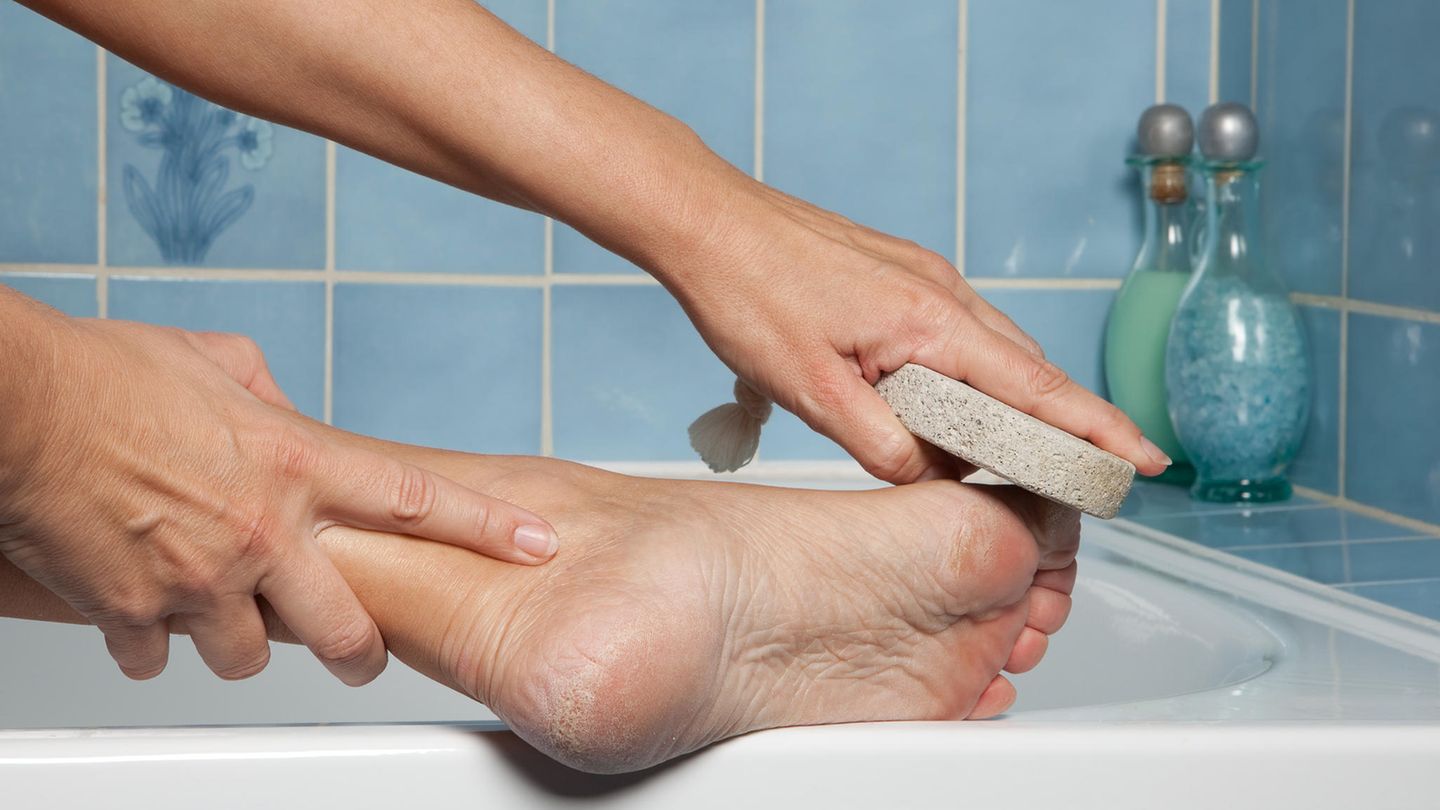I’m Caroline, a journalist and author for 24 Hours Worlds. I specialize in health-related news and stories, bringing real-world impact to readers across the globe. With my experience in journalism and writing in both print and online formats, I strive to provide reliable information that resonates with audiences from all walks of life.
Menu
Remove the cornea: tips for well -kept feet
Categories
Most Read
Time change again: Why hasn’t it been abolished yet?
October 13, 2025
No Comments
PFAS: Greenpeace warns about eternal chemicals in fish and shellfish
October 13, 2025
No Comments
Anxiety Rings: How anti-stress rings relieve inner restlessness
October 12, 2025
No Comments
Citizen Science: Conduct research in over 160 exciting projects
October 10, 2025
No Comments
Horses: the biggest, the smallest, the most expensive – seven curious truths
October 10, 2025
No Comments
Latest Posts

The City Police arrested 49 trapitos and captured a fugitive during the operation in the River–Sarmiento
October 14, 2025
No Comments
October 13, 2025 – 23:05 Within the framework of the Safe Tribune program, 49 illegal car guards were detained, 44 people with the right of

Gaza Agreement: After Trump’s Middle East trip: What’s next in Gaza?
October 14, 2025
No Comments
IvanI have been working in the news industry for over 6 years, first as a reporter and now as an editor. I have covered politics

Manuel Neuer: Julian Nagelsmann criticizes the goalkeeping debate
October 14, 2025
No Comments
Return of Manuel Neuer? Nagelsmann criticizes the goalkeeping debate at the DFB A possible return of Manuel Neuer to the DFB goal has been discussed
24 Hours Worlds is a comprehensive source of instant world current affairs, offering up-to-the-minute coverage of breaking news and events from around the globe. With a team of experienced journalists and experts on hand 24/7.

